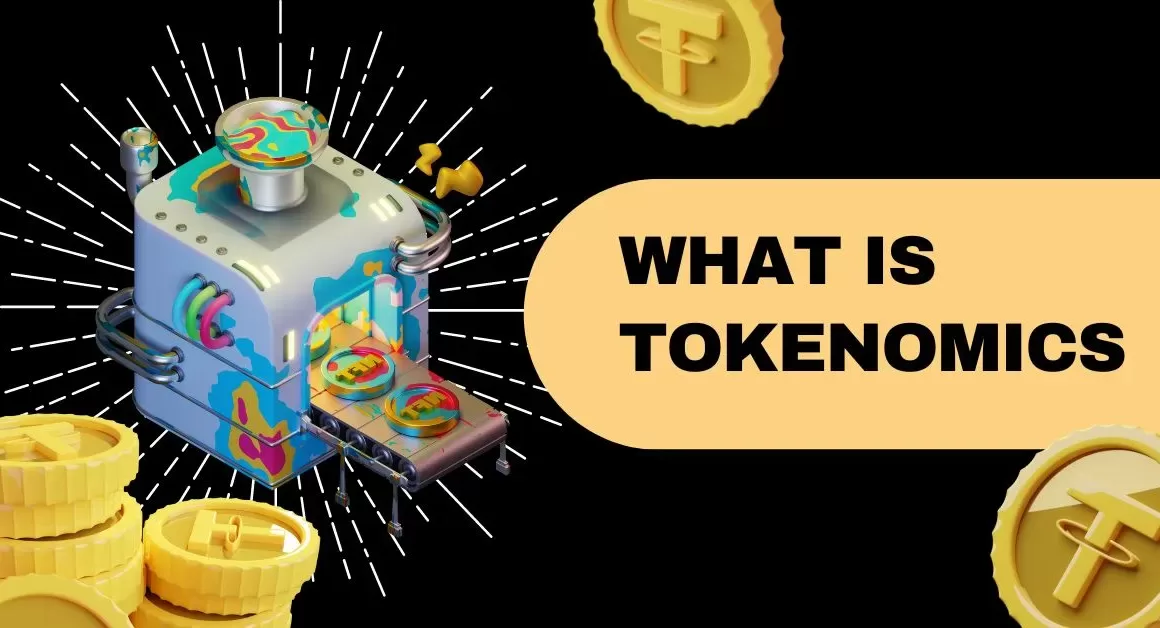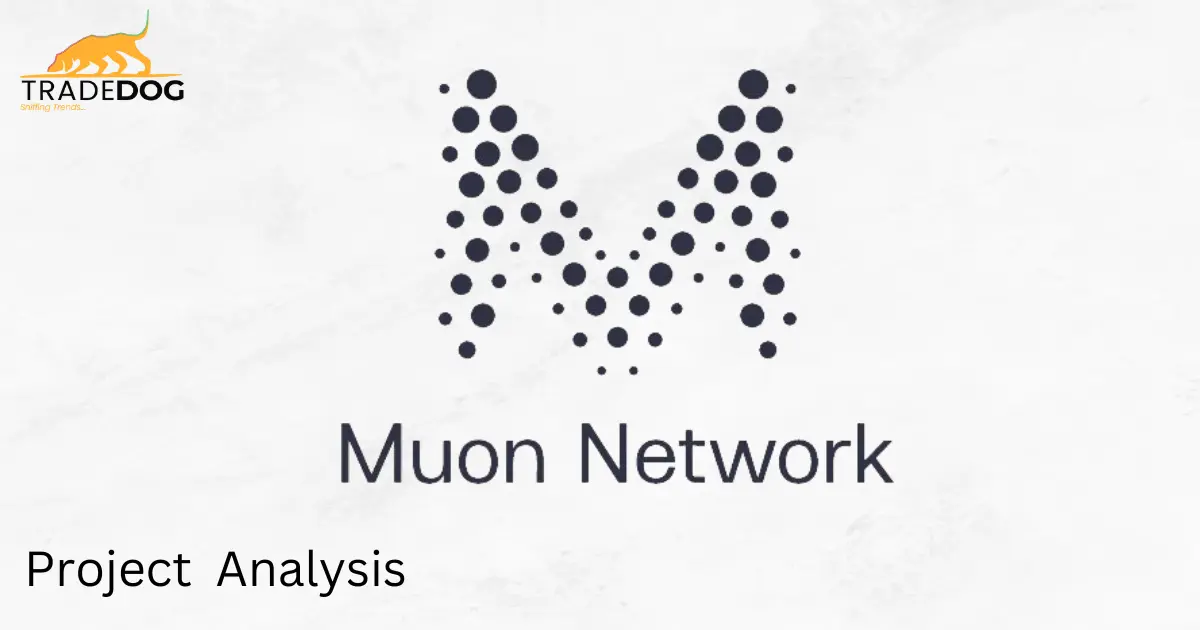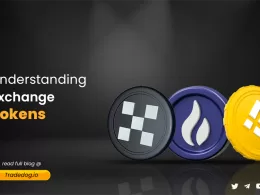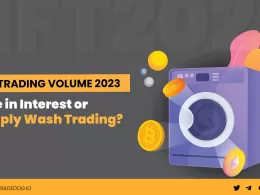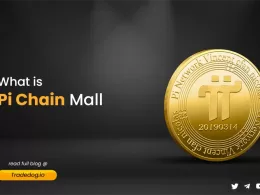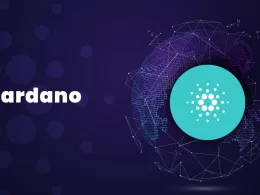What is Tokenomics?
TradeDog as a Research hub always believes that the token economics model of any project is one of the crucial aspects of its startup journey. Tokenomics essentially refers to how the token would be utilized and revolve around the different participants of the network and one of the initial steps is to determine the expected behavior of the participants before creating the model.
Token projects are essentially closed-loop economies where the flow of monetary value is represented by its token along with other utilities. As the demand in the economy increases, so is the demand for that token that represents that economy and as the result, the value of the token also increases.
If we take the example of any Web 2.0 game, for reference, Fortnite, in their model, any user who wants to buy any asset inside the game, be it guns, skins, avatars, etc, the user will have to buy these assets through V-Bucks, which is their utility token. But, in Fortnite’s case, as there is no fixed supply of V-Bucks, so no matter if the demand for V-Bucks increases, its price remains the same.
What is Token Supply?
In Web 2.0 companies, every company releases a fixed number of shares that will be out in the market, similarly, Total supply refers to the total fixed supply of the token that will be out in the market over a period of time. It is the total number of tokens that are already minted minus the tokens that are burned or destroyed. And, this number cannot be changed or altered once the token contract is developed and deployed.
The best way to ascertain the total supply for any project is to do a competitor analysis and use that figure as a benchmark; nevertheless, the total supply should be in line with your project’s business strategy and token utilities. If we take human psychology into account, conducting a competitor analysis is crucial because there may be similar companies with similar token supplies, and the startup with more token supplies will have a lower token price compared to the project with less supply. As a result, if the token price is used as a criterion for investment, the naive user may believe that the token with a higher price is overpriced or overbought.
Circulating Supply: This refers to the token supply that is already out in the market or total supply minus Vested tokens and tokens that are already burned.
You cannot release the token supply all at once as it can trigger massive sell pressure. Therefore, the Vesting schedule is one of the major aspects in any of the project’s token journey because it depends on the project’s roadmap, as the project rolls out its new features and products and as it expands its community and holders, the tokens should be released in the market.
Recommendation: As the team is one of the major factors behind any project’s success, to its long-term commitment to their project, it is always recommended that the vesting of team tokens should be twice the Investor vesting.
Reward Structure
Tokens are the perfect way to reward users if they behave in certain ways, but before the incentives are aligned, the behavior of users you expect from them has to be structured . If we talk about Web 2.0 companies, like CRED, they provide discounts and reward users upon timely payment of their credit card bills through their platform. In such case, CRED is rewarding users if they act in the desired way. And, if we take Fortnite as an example again, to increase the engagement and daily active users, they ran multiple daily, weekly and monthly quests in return for V-Bucks (Utility tokens).
The same mechanism goes in Web 3.0 projects in which they reward users to build the initial traction and push users to behave in certain ways. For example, Palmswap( A perpetual DEX based on BSC) rewards users to take perpetual trades on their platform and if the user generates a certain volume on their DEX, users get rewards in $PALM, their native utility token.
There can be different types of reward mechanisms:-
- Engagement Rewards
- Staking Rewards
- Contribution Rewards
- Liquidity Mining Rewards
- Airdrops
Recommendation: So, to conclude, a good reward structure that is aligned with the project’s motives will automatically help grow the ecosystem higher over time.
Ecosystem Utility
Every business has its platform, product, or service. By adding a token on top of that, the business creates a closed-loop economy where customers can only use their native tokens to pay for services rather than fiat money or other centralized currencies. Or, there can be some cases, where the user can pay the fees in fiat as well but there can be discounts offered to the user if he pays in the native token itself.
The token utility is one of the major factors behind any project’s token’s accrual value because the token utility has to be created in such a way that it completely aligns with the project’s vision. If there are not enough token utilities, the transaction flow of the token will be way less and it will not attract the users to buy the token in return, investors also might not find your token as a feasible investment opportunity but to the contrary, if the project has enormous utilities, the transactional flow will be very high, which means your token is changing hands at a very rapid pace and there is no holding capacity associated with it, which essentially means no one is finding the benefit to hold the token, hence, none to very few will be willing to hold the tokens.
Recommendation: Token utility has to be a balance of transactional velocity and the holding capacity of the token, meaning, there should be enough utility that continuously builds the demand for the token over a period of time, and as there is a fixed token supply, so as the demand keeps on increasing, the value of token also appreciates with it, which ultimately benefits the holders of the token or the believers of the product.
Governance
In simple words, governance means how the project will operate over time, and in token companies, this is determined by the token holders just like the shareholders of any Web 2.0 company.
But, In the case of the Web 3.0 world, there can be multiple conditions that can be applied to token companies, for example, in the case of Curve Finance (A stablecoin DEX), a user will have to lock their CRV (Utility token of Curve Finance) for different lengths of time to gain voting power. Users can lock their CRV for a minimum of a week and a maximum of four years and in return, users will get veCRV(governance token of Curve Finance).
The longer you lock your CRV , the more voting power you have. You can lock 1,000 CRV for a year to have a 250 veCRV weight. Each CRV locked for four years is equal to 1 veCRV. Users who reach a voting power of 2500 veCRV can also create new proposals. So, essentially, by adding the time lock parameter, it simply rewards users who have a firm belief in the company and is willing to lock their tokens for a particular fixed duration of time and will be awarded more governance power than the normal user. We cannot apply these conditions in the governance mechanism of any traditional companies.
Recommendation: To conclude, as the crypto ecosystem is still in its nascent stage and is on the way to building traction, most of the startups don’t have the required token holders or the users to start with the community-driven governance, so we always suggest these startups to make sure that the Team tokens has the majority of the voting power for the first two years and then shift to community-driven governance from Year 3.





